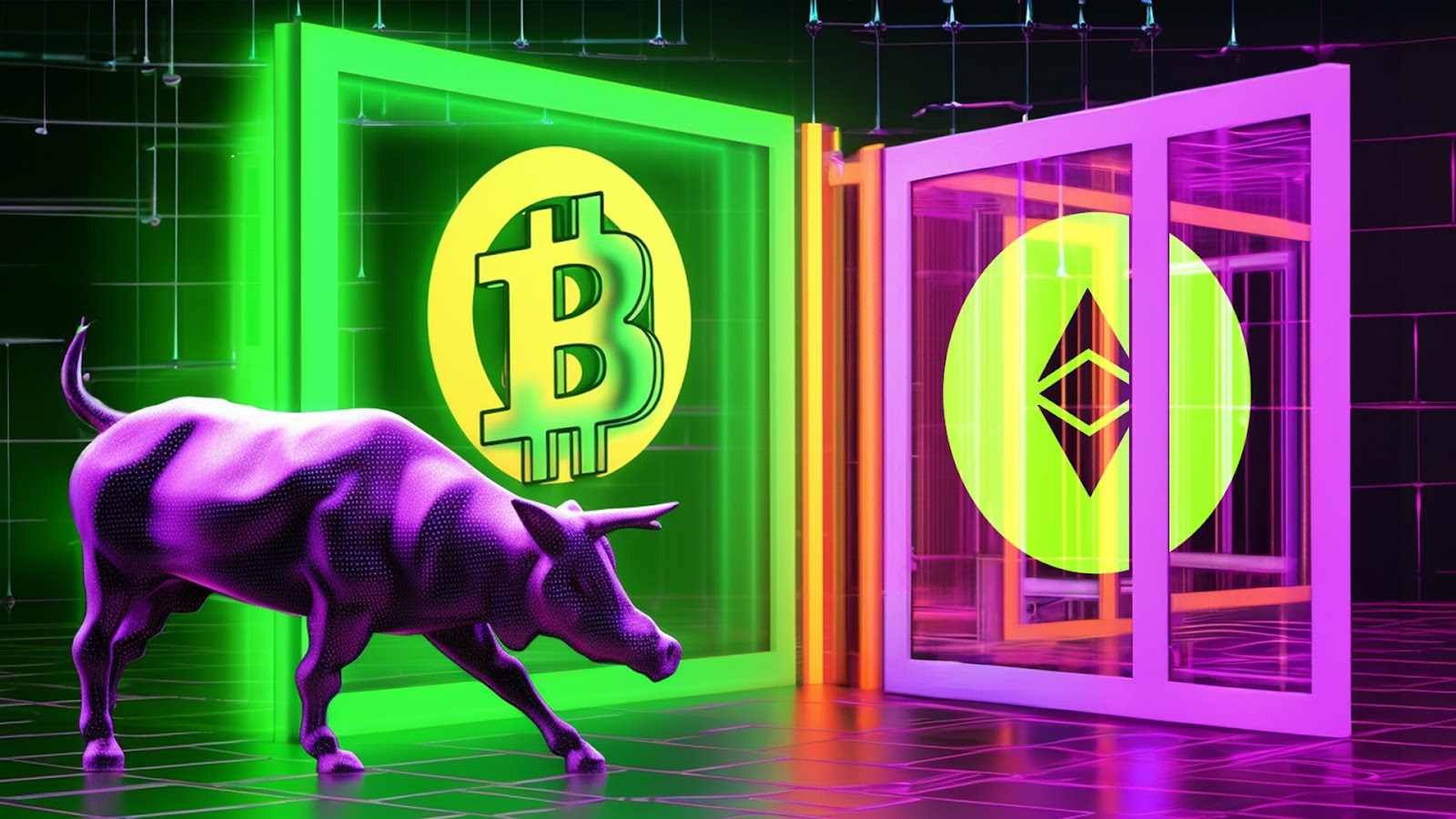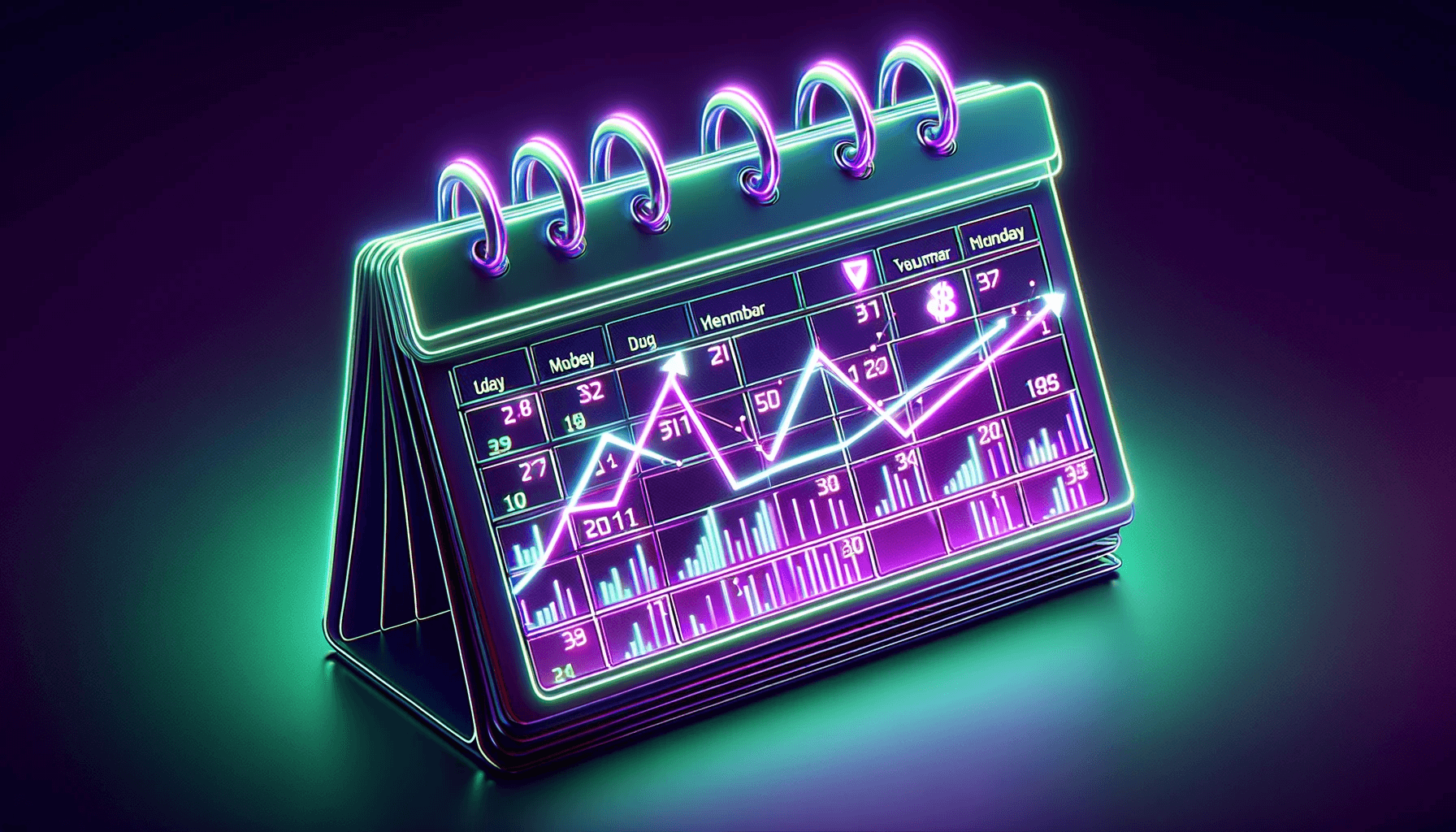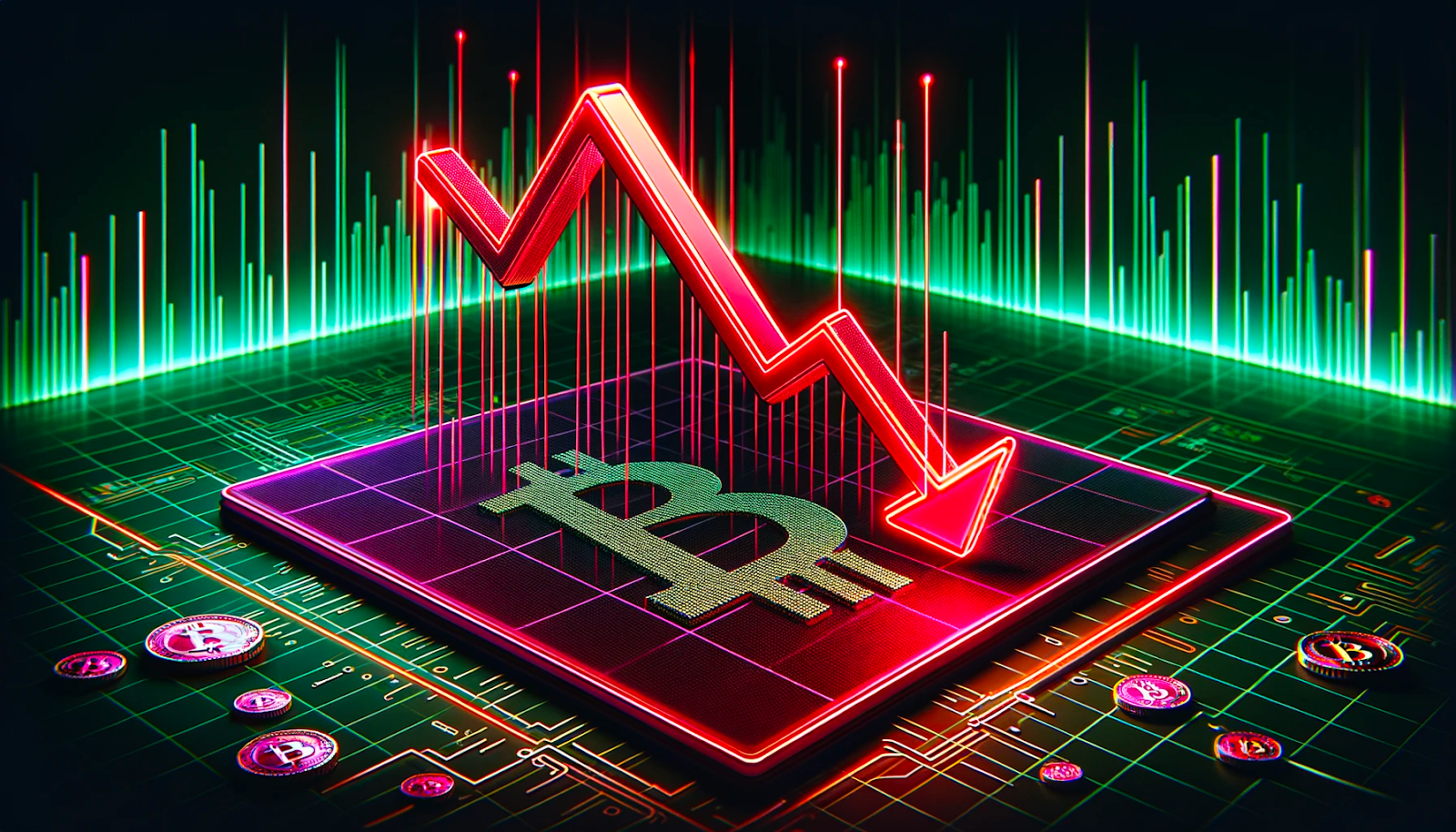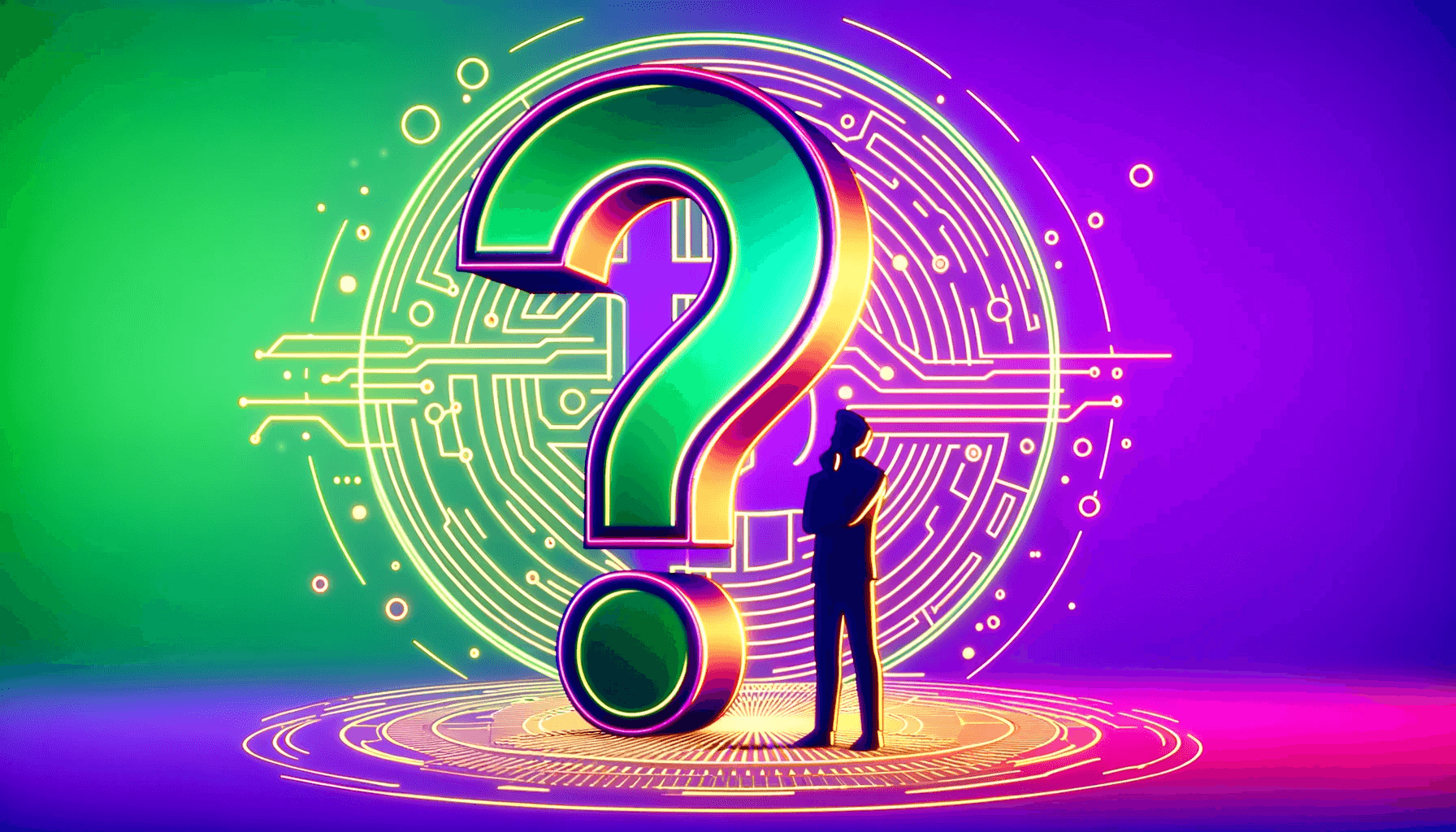
Synthetic assets mimic real-world assets and financial instruments on the blockchain. Examples include stocks, commodities, and currencies.
Synthetic assets are a type of derivative. Allowing you to trade an asset without actually owning the physical thing, the derivative tracks the underlying asset's price through smart contracts and oracles that provide real-time pricing.
What are Synthetic Assets
Cryptocurrency synthetic assets are a mixture of various other assets such as commodities, currencies and stocks, without requiring the need to hold the underlying asset.
This could be anything from assets like gold and silver, to currencies, such as USD and GBP.
The potential of crypto synthetic assets is endless, by enabling anything to be tokenized and brought onto a blockchain, synthetic assets can unlock untold volume of global liquidity.
Synthetic assets work by locking up a certain value of a cryptocurrency in a smart contract.
This collateral serves as a guarantee for the synthetic assets' value.
Smart contracts automatically generate synthetic assets based on the locked collateral and real-time data from oracles.
As the value of the collateral changes, this may require additional funding to maintain the desired synthetic asset.
Synthetic assets open up a new world of trading that was not previously possible. Smart contracts along with oracles facilitate the creation of synthetic assets, opening up limitless possibilities of what can be tokenized on the blockchain.
Examples of Synthetic Asset Platforms
Synthetix
Synthetix is an Ethereum-based DeFi platform that provides liquidity for permissionless derivatives like perpetual futures, options, parimutuel markets and more across other Ethereum-based blockchains.
Users can mint and trade SNX, the Synthetix cryptocurrency. Allowing users to gain access to synthetic stocks and other non-crypto assets, like gold, digitising real-world assets. Creating a new market within the blockchain ecosystem. Users receive access to real-world assets whilst staying within the crypto ecosystem.
Universal Market Access
UMA is an Ethereum-based protocol that uses self-executing smart contracts, allowing users to create, collateralize and trade tokenized derivatives with self-executing agreements, creating synthetic assets from real-world assets.
Creating a token requires collateral and a price identifier which is a price determination process agreed on by UMA token holders, this is how the UMA system verifies the price of a synthetic token.
We will go through a basic example, using gold.
Creating a synthetic gold token with UMA requires a few steps:
-
Provide collateral in the form of Ethereum or other assets compatible with UMA.
-
Specify an expiration date for the contract, such as one year from the current date.
-
Mint gold tokens with a one-year expiration date.
-
You can deposit these gold tokens into an exchange like Uniswap and trade them.
-
Throughout the token life maintain the collateral value above the minimum requirement to avoid liquidation.
-
When the contract ends, the tokens can be redeemed for the current gold price, whether that is profits or a loss all depends on the value compared to when you first started the contract.
Pros and Cons of Synthetic Assets
Whilst synthetic assets open up a world of possibilities, they still come with their advantages and disadvantages, below are a few pros and cons of synthetic assets.
Pros
-
Synthetic assets enable diversification, providing exposure to various asset classes they might not be able to invest in directly.
-
Anyone can participate in synthetic asset trading, without any limitations thanks to DeFi.
-
Users can have fractional ownership of assets that would typically require substantial capital, making it more affordable and accessible.
Cons
-
The underlying cryptocurrency used as collateral can fluctuate in price drastically, whilst they offer liquidity the stability of the synthetic asset is important, otherwise, users will have to increase collateral.
-
Any vulnerabilities in the smart contracts or code can lead to exploitation, potentially resulting in significant losses.
-
The underlying asset price can decrease from the price when the asset is created, resulting in a loss.
Final Thoughts
Giving users access to invest in a broad range of assets such as commodities, currencies and stocks gives a new level of accessibility to users through the use of synthetic assets.
Whilst synthetic assets do come with their risks, they are generally regarded as a revolutionary innovation for the cryptocurrency ecosystem.
Fractional ownership of real-world assets is possible with synthetic assets, opening increased opportunities for those who might not have had access to those assets before.
Have you experimented with synthetic assets? Let us know on our social media, found below!
Want More Cutting-Edge Crypto News?
Follow Us: X TikTok Instagram Telegram LinkedIn
Sign up to our newsletter at the bottom of the page
Check Out Our Top 10 Crypto Currencies of 2023
This article is intended for educational purposes and is not financial advice.

















